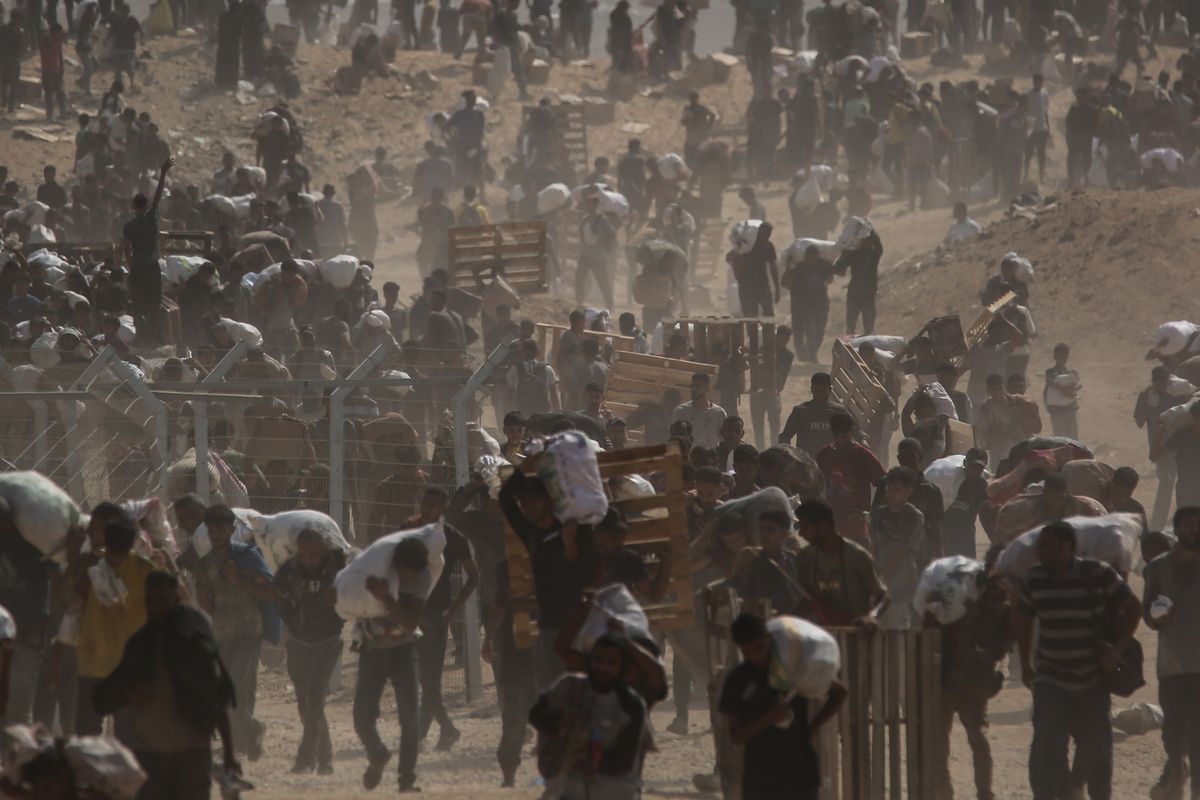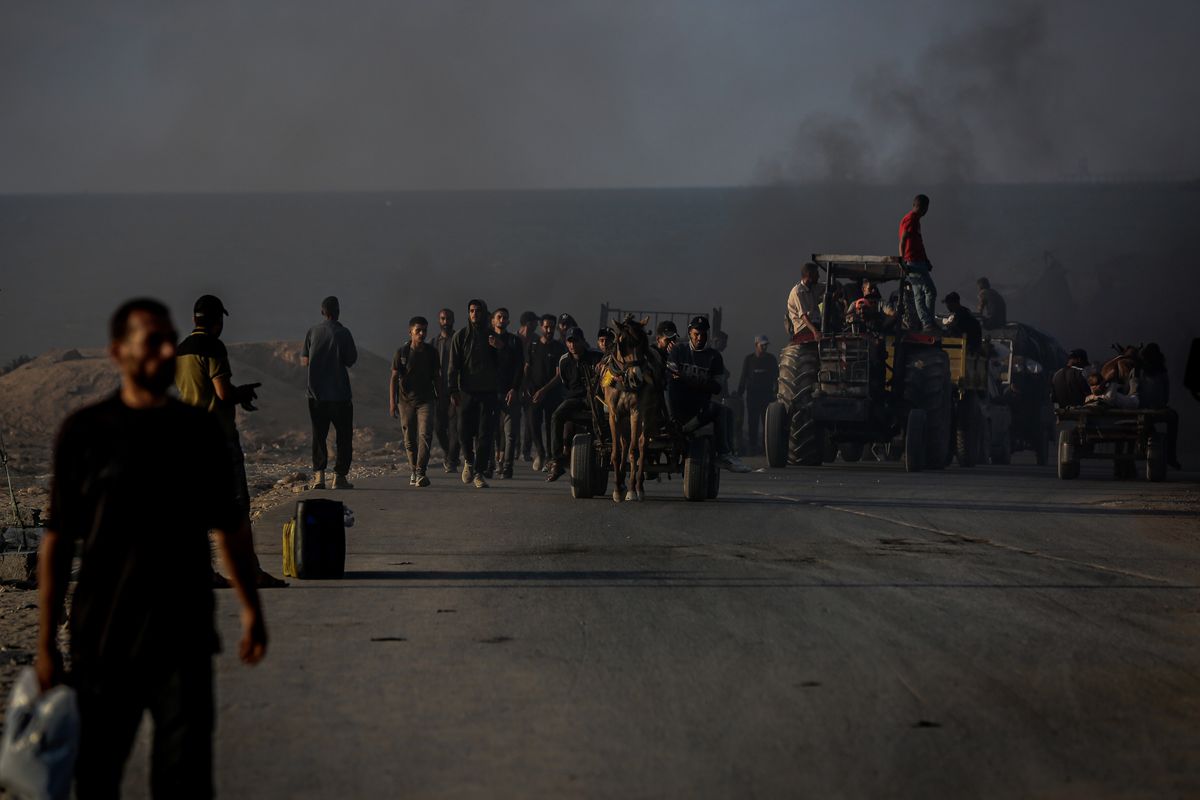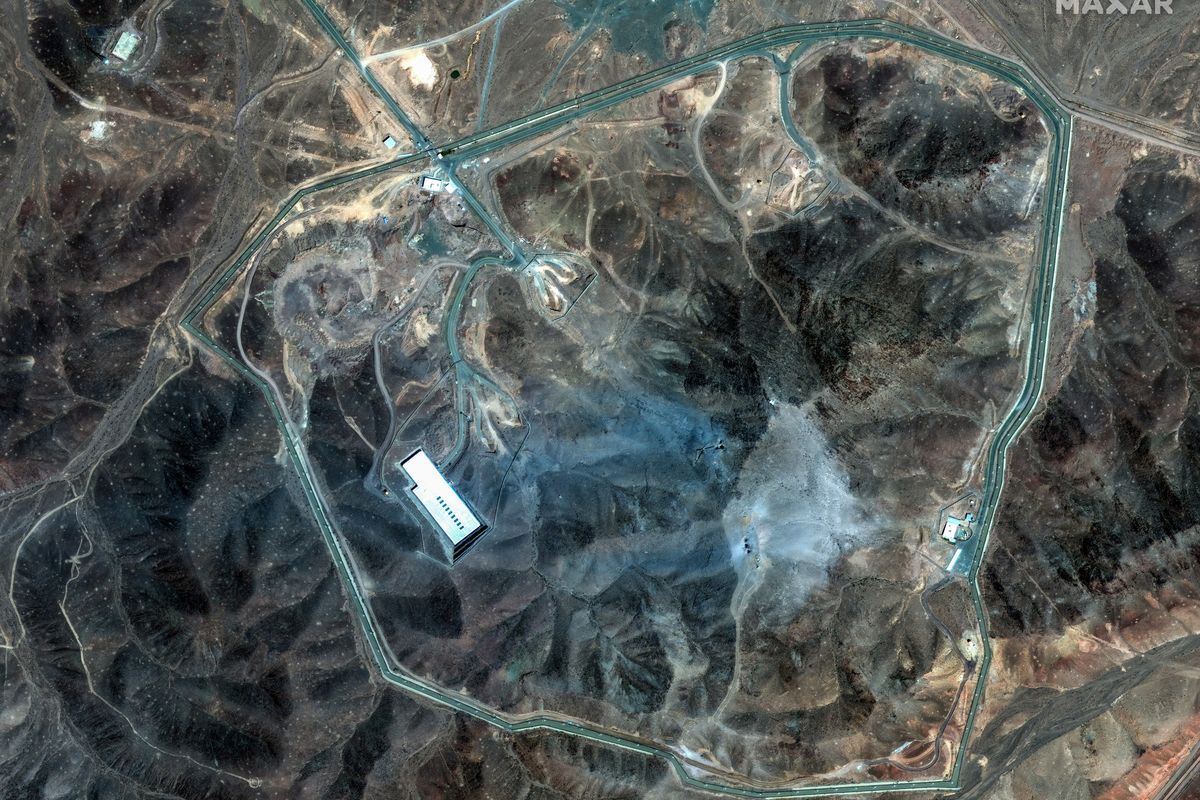The territorial battle against ISIS is nearing its final stages in Iraq and Syria. In Iraq, U.S. coalition-backed Iraqi forces have trapped the remaining ISIS defenders in one tiny pocket of Mosul, and in Syria, U.S.-backed Syrian Democratic Forces are pushing deep into the ISIS "capital" of Raqqa. However, as victory looms, new and perhaps more dangerous battles await. The Cipher Brief’s Fritz Lodge spoke with Aron Lund, Fellow at the Century Foundation and expert on the dynamics of the Syrian war, to look at the various local and regional powers vying for influence in eastern Syria, and the risk of new conflict erupting in territories newly liberated from ISIS.
The Cipher Brief: What is the status of ISIS forces in Deir al Zour, and how important is the city to them?
Aron Lund: The city is divided between them and the Syrian government, and it has been since they came into that area in 2014 and took over. So they don’t really hold the city, they hold part of it, and they’ve tried to take it many many times. However, they have besieged government forces and cut them into two enclaves.
Deir al Zour is very important to ISIS, and the fact that they haven’t been able to take the city from [Syrian President Bashar] Assad is a problem for them, because it ties up a lot of forces, and it’s in the middle of their remaining territory. They also know that Assad is coming – probably soon – from Palmyra and other places to relieve his force in Deir al Zour. It’s just desert to the south of Deir al Zour, so an attack from that direction could come very quickly.
TCB: Are reports that Abu Bakr al Baghdadi – the leader of ISIS – and other commanders have moved to Deir al Zour correct?
Lund: I don’t think anyone knows. He could be there or in a basement in Baghdad. But it is probably true what U.S. intelligence says that they are seeing a lot of ISIS middle management leaving Raqqa for areas near Deir al Zour along the Euphrates river.
TCB: The assault on Raqqa has made significant advances since it started early this month, how do you see that assault unfolding? How does it compare to Mosul?
Lund: In Mosul, U.S. coalition and Iraqi army forces surrounded the city completely, but in Raqqa, there was still an opening to the south until very recently – so that makes things a bit different. But ISIS is still fighting very hard in the city, so we will have to wait and see what happens.
The Syrian government has also been trying to sneak around U.S.-backed Syrian Democratic Forces (SDF) held areas to the south in order to plug that southern road out of Raqqa and establish their own presence there.
TCB: What is the government’s goal in pushing toward SDF territory near Raqqa and Deir al Zour?
Lund: In Deir al Zour, they need to do it at some point. If they leave their besieged force there, then they continue to waste the enormous amount of resources that they’ve sunk into the city. But if they take Deir al Zour, it’s an asset, because it’s the biggest city in the east, it’s where administration in the area radiates from. If you have Deir al Zour, then you can begin to make that region work again. It can also serve as a military base of operations to retake more areas in the east. You also have quite a lot of oil fields in that area, so there’s a lot of money in controlling the city and its surrounding areas.
In a general sense, the war in Syria right now – especially since the agreement was reached on de-escalation zones in Astana this May – has become calmer in some areas, which has allowed Assad to go east.
He’s also very aware that America and Russia do not want to clash in Syria. This means that if the SDF or some other U.S.-backed group go and grab Raqqa or Al-bu Kamal on the Syrian-Iraqi border or other areas, maybe they will just stay there, because Russia is unlikely to help Assad attack them. When the U.S. or Russia plants their flag on a territory in Syria, it’s likely to remain there for a long-time.
You also see this in the south with the al Tanf crossing into Iraq, which is held by U.S.-backed forces and coalition advisers. Assad and Iranian-backed forces have hung around that area for a while and tried to advance, but the U.S. has struck them several times. They really want that area back, but it’s hard to move against U.S. troops there if the Russians won’t help them.
TCB: Do you think that Assad has designs on Raqqa itself?
Lund: He would love to have Raqqa but right now it looks as if he’s simply too slow to get there. He has assets that the Syrian Kurdish forces do not. Their economy depends on the central government more than it needs Syrian Kurdistan [known as Rojava]. Even in the heart of Syrian Kurdistan, you still have the Assad government paying salaries and running schools, etc. It’s still discreetly – but I think genuinely – attached to Damascus, and unless they find someone else to provide for them, they will still be attached to be Damascus.
Assad’s long game is to get most of what he can get and then leverage this influence later.
TCB: How are U.S.-led coalition and allied forces positioned in and around the Deir al Zour region?
Lund: You have the SDF – of which the Kurds are the backbone – north of Deir al Zour and around Raqqa. They could go either way from there, and as soon as they are done with Raqqa, I’m sure they will start to do other things. Assad is trying to get into place before they start that process.
However, there is a limit to how far the United States wants to go in terms of relying on the Kurds. It doesn’t really matter how many small Arab groups you pad out the ranks of the SDF with, when the leadership and logistics and special forces are all Kurds – the People’s Protection Units (YPG) – then it will still essentially be a Kurdish force. And that creates problems with Turkey and can cause longer-term tension in some Arab-majority areas.
The alternative to that would be using the U.S. army. In al Tanf in the south, you have Arab and Bedouin groups – some of them from the Deir al Zour region – that have been trained specifically by U.S. advisors to go after the Islamic State. This is also something that Assad wants to prevent, because he doesn’t want these forces to rush up and take the border crossing at Al-bu Kamal or capture other territory in that area.
The U.S. is now facing this decision of whether to continue to rely on the Kurds or really commit to building up these other Arab forces. The latter option is much more difficult. The Arab groups are weak and divided and can’t really operate alone, so it would probably require adding U.S. forces – either a beefed up special forces presence or something even more substantial than that. There are proponents of that – those who see this as an opportunity to prevent Iran from having land access to Lebanon and the Mediterranean through territory on the Syrian-Iraqi border.
This idea is being thrown around by people who actually matter, but I don’t think this is something that’s going to happen. There are a lot of legal hurdles and political resistance to this idea of turning the battle against the Islamic State into a war against Assad and Iran. And there are a lot of forces – Assad and Iran but also, I think, Russia and the Baghdad government – who are committed to opening this corridor between Syria and Iraq. Of course, the U.S. could stop it if they want to, but they will really have to commit to that option. So in the end, I suspect Deir al Zour and that region will actually be left to Assad and his allies, simply because that’s the path of least resistance and the only option that offers some sort of an exit strategy for the United States. But we’ll see what happens.
TCB: Last thoughts?
Lund: It’s a cliché to say there are so many moving parts and so on, but really there are. Assad’s priorities could change overnight if something happens in western Syria to disrupt the post-Astana situation, particularly in the Idlib region, then he will need to shift a lot of troops there.
We don’t know what the U.S. is planning to do about Raqqa. If it turns out to take five months to fall, then they will be busy with that for a while. But if the Islamic State defense suddenly breaks and the coalition and SDF suddenly take the city in three weeks, then I have no idea what would happen on the ground. If that happens, then suddenly the U.S. and the SDF will be there with a lot of available troops around, and I’m sure they could find interesting things to do with those. They could start moving toward Deir al Zour or some of the oil fields or move to the border, for instance.












